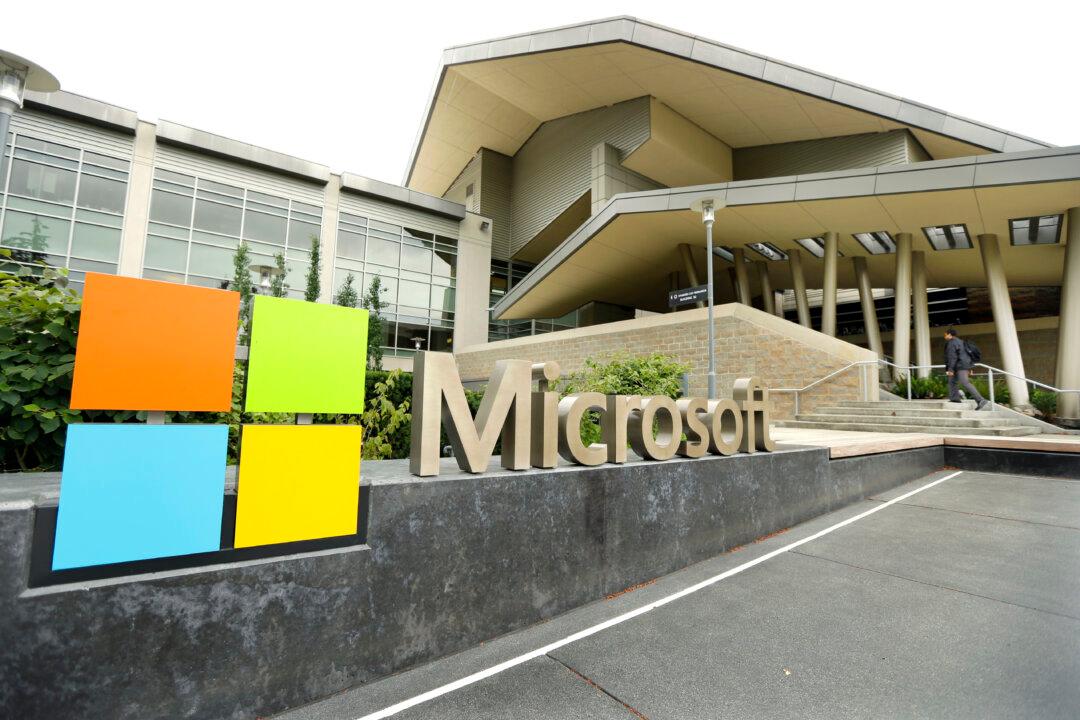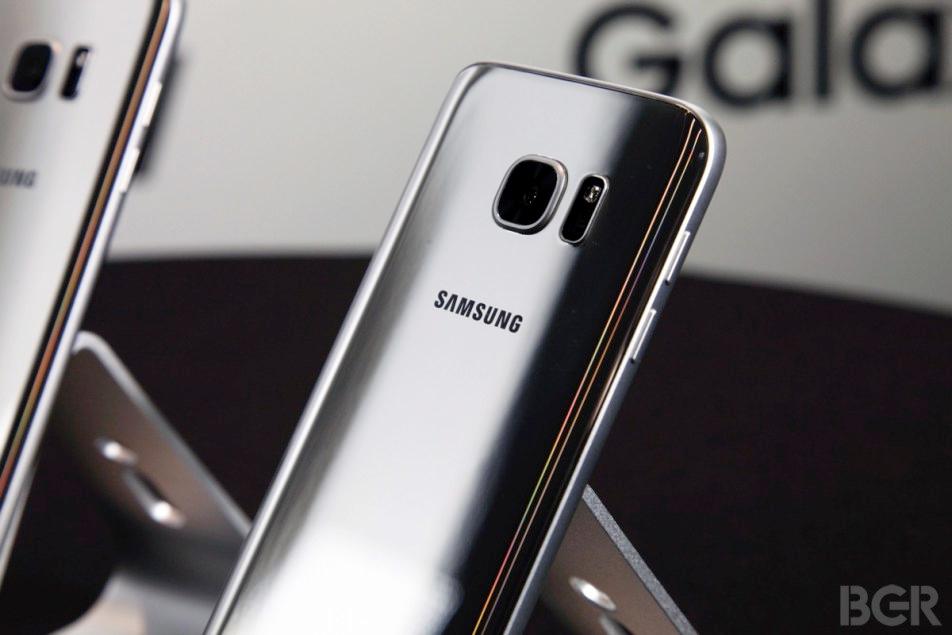The Windows 10 operating system is the Microsoft’s most ambitious project to date, as the company thinks it has figured out how to offer customers a similar experience across devices. Windows 10 should bring a similar user interface on mobile, desktop and console, and, thus, offer users access to app features that'll work on any screen type, regardless of interaction method.
Microsoft on Monday has finally rolled out an SDK preview for Windows 10, which will let developers adapt their apps, or work on brand new ones, for the upcoming Windows 10 universal app platform.
FROM EARLIER: This amazing 1-inch cube fits on your keychain and may be the only smartphone accessory you'll ever need
While it'll probably take a while until actual Windows 10 apps look and behave similarly on smartphones, tablets, laptops and desktops, and Xbox One, developers enrolled in the Windows Insiders program will be able to start testing things out with the preview tools.
Developers will be able to experience several new app elements that will be available inside Windows 10, the company said. For example, Adaptive UX is a new user interface for apps that can adapt to any screen, whether it’s a small smartphone or a large desktop display. Developers will be able to add Adaptative UX to their existing Windows 8.1 apps as they prepare them for Windows 10.
Furthermore, Windows 10 apps will have a way of determining how the user is interacting with them, and offer them the appropriate user experience. This feature is especially useful on convertible laptop/tablet devices that can be operated both with touch gestures or using a mouse and keyboard combination.
For example, an application sensing that the user relies mostly on touch gestures rather than mouse clicks will provide rather touch-targets.
One other interesting feature, at least for developers, is the new API contracts that will tell them whether a Windows feature will be available on a certain device, so they can adapt code “at runtime to deliver user experiences that feel right on the device it’s being run on.”
Windows 10 developers looking for more details about these new tools should check out the source link below. As for regular Windows 10 users, the future of computing that Microsoft is painting sounds more interesting than ever before.




